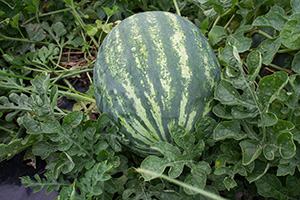The Neighborhood Gardener
February 2025
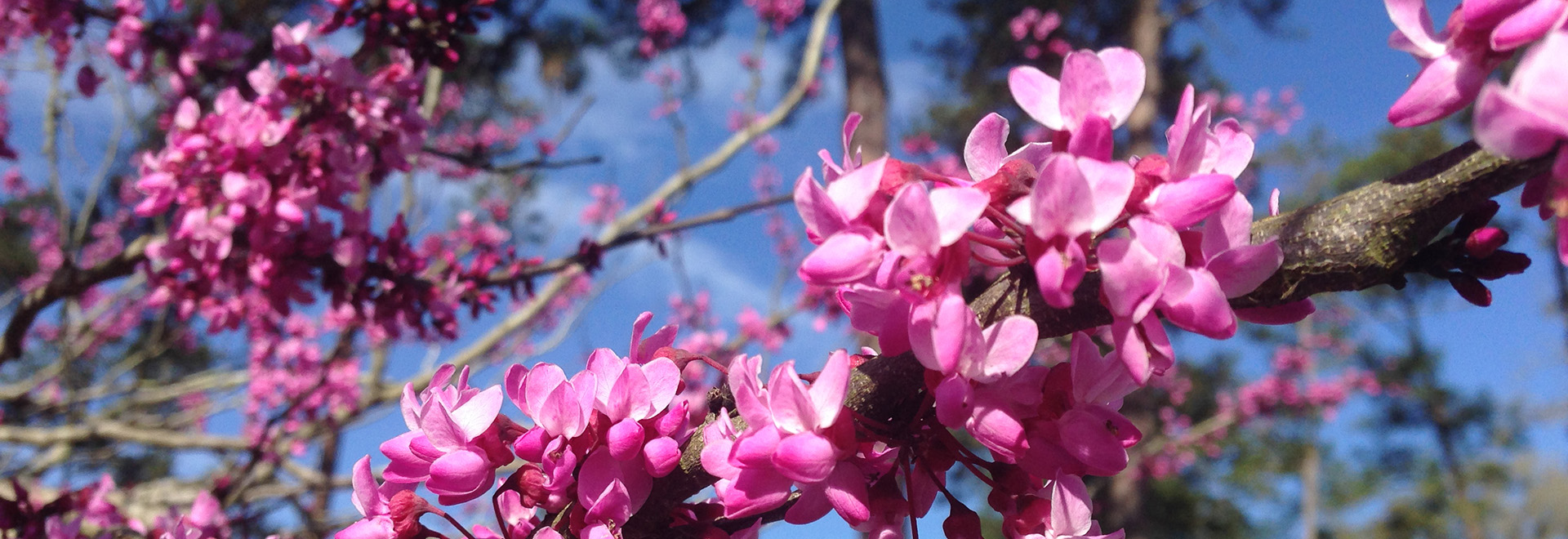
Happy gardening!
Love is in the Air for Hearts-a-bustin’
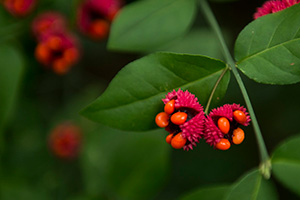
Native to the Southeast, this unique shrub enthralls with scarlet fruit capsules and bright fall color. Hearts-a-bustin’ (Euonymus americanus) can be found on wooded slopes, in damp understory forest areas, and around stream banks. It’s also known as strawberry bush for its fruits’ resemblance to strawberries. In the fall, the brightly colored fruits split open to reveal red-orange seeds, hence the name “hearts-a-bustin’.” It’s an ideal plant for shaded areas in North and Central Florida landscapes and can be a great addition to a rain garden or native garden.
Florida Native Non-Venomous Snakes
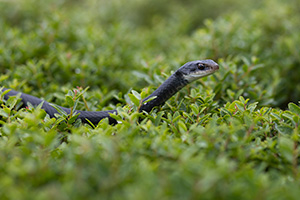
Snakes are misunderstood creatures. With about 50 species of native snakes in Florida, only six are venomous. Many species do not thrive in residential areas, and the ones that do usually stay out of sight. Snakes can be beneficial to the home landscape as predators and they’re also prey for other animals, playing an important role in the local food web. Gardening Solutions introduces some native non-venomous snakes frequently encountered in Florida yards, parks, ponds, and the occasional garage.
The Mahonia Debate
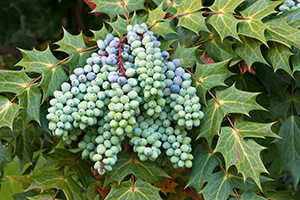
Mahonia is a genus of about 100 species of shrubs or small trees native to Asia, North America, and Central America. They have compound leaves, yellow (often fragrant) flowers, and blue-purple to black berries. Botanists have long known that Mahonia plants are closely related to those in the genus Berberis, and some have argued that all species of Mahonia should be transferred to Berberis. There’s no firm agreement on this, so you might see plants commonly called mahonia listed under either genus. A new article on Gardening Solutions lists mahonia species most frequently cultivated in Florida.
Wendy’s Wanderings
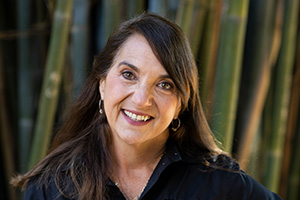
When I worked in a landscape nursery, I was often asked for plants “with color.” My first thought was always, Could you be more specific? To guide the conversation, I’d ask: What colors do you like? Do you want colorful flowers or vibrant foliage? Many gardeners find color to be one of the trickiest design elements to navigate, so additional questions are essential before selecting plants for the landscape.
Plant of the Month: Red Buckeye
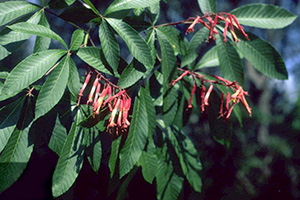
This Florida-Friendly tree has appeal through the year. Red buckeye (Aesculus pavia) is a small deciduous tree that attracts pollinators to its tubular bright red flowers in the spring and squirrels and other wildlife to its fruits in the summer. When it drops its leaves, its peeling bark adds interest to the winter landscape. Suitable for growing in zones 6A through 9A, this native tree thrives in partial shade in well-drained to occasionally wet soil. Red buckeye makes an excellent addition to a pollinator garden or in landscapes too small for larger trees.
February in Your Garden
It’s warming up but take care; February’s weather is mercurial! Hold off on pruning any freeze damage until next month. Now is a good time to refresh landscape mulch. North and Central Florida gardeners can still plant potatoes; start with healthy seed pieces purchased from a local nursery. South Florida gardeners should be finishing up planting vegetables like cucumbers, eggplant, and tomatoes. It’s the last month all Florida gardeners can plant watermelon.
For more month-by-month gardening tips, check out the Florida Gardening Calendar. Three different editions of the calendar provide specific tips for each of Florida’s gardening regions—North, Central, and South.
What’s Going On?
If your Master Gardener Volunteer program or Extension office is having an event, be sure to share it with us.
